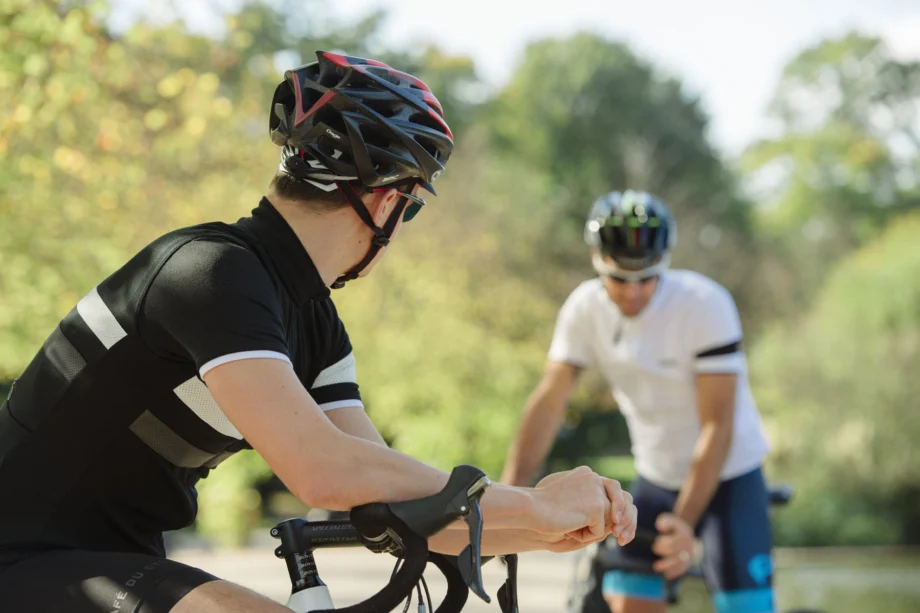
- understanding-the-sponsorship-landscape
- building-your-cycling-brand
- creating-a-sponsorship-pitch
- networking-and-reaching-out
- real-cyclists-who-landed-sponsorships
- tools-and-support-from-cycling-guider
1. Understanding the Sponsorship Landscape
If you’ve ever asked yourself how to get sponsored as a cyclist, you’re not alone. Sponsorship is a vital part of many cyclists’ journeys, whether you're an amateur looking for support or an elite rider aiming for full-time racing. Today, brands aren’t just looking at race results—they care about influence, content creation, and brand alignment. It’s not just about speed anymore; it’s about story, consistency, and visibility.
There are different types of sponsorships: product-only, partial funding, full coverage, and even ambassador-style partnerships. Knowing where you stand in your cycling career can help you target the right type of sponsorship.
2. Building Your Cycling Brand
2.1. Crafting a Unique Identity
Your brand starts with your story. Are you a mountain bike adventurer who documents every trail? A road racer chasing podiums? Or a commuter showing how cycling fits real life? Find your niche and build your narrative around it.
2.2. Establishing a Social Media Presence
Instagram, Strava, YouTube, and TikTok are essential platforms. Showcase not just rides but training routines, race recaps, gear reviews, or even meal preps. Brands want relatable athletes who actively engage followers. A few thousand engaged fans can mean more than 100,000 passive followers.
2.3. Professionalism in All Areas
Consistency in tone, visual branding, and messaging builds trust. Use high-quality photos, a recognizable logo or kit design, and don’t forget a clean bio. Think like a brand—even before you become one.
3. Creating a Sponsorship Pitch
3.1. What to Include
A strong sponsorship proposal should include:
- Your bio and cycling background
- Race results and upcoming event plans
- Social media analytics and audience demographics
- Your value to the brand (content creation, event exposure, demos)
3.2. Personalize Every Pitch
Avoid mass-sending generic emails. Research the brand, mention specific campaigns or products, and explain how your goals align. Show that you're not just asking for freebies—you’re offering genuine, mutual value.
4. Networking and Reaching Out
4.1. Leverage Your Local Scene
Join races, group rides, or club events to get noticed. Local shops often sponsor grassroots athletes and can connect you to reps. Building real relationships is more effective than cold emails.
4.2. Collaborate First, Then Ask
Offer to review a product or create a piece of content before asking for a partnership. Brands appreciate initiative. One popular gravel rider documented his use of a local nutrition brand during an ultra race, and a month later, he landed a formal deal.
5. Real Cyclists Who Landed Sponsorships
Take Jamie Brooks from Oregon, a relatively unknown cyclist who gained sponsorship by focusing on bikepacking content. She built a YouTube channel featuring gear breakdowns and storytelling rides. After consistent output and audience growth, a pannier brand reached out directly.
Or Marcus Chen, a crit racer with modest race placements but viral Instagram reels showing training behind a scooter in urban traffic. His personality and creativity got him a co-branded clothing line.
6. Tools and Support from Cycling Guider
If you’re wondering how to get sponsored as a cyclist and where to start, Cycling Guider has curated guides, athlete resources, sponsorship templates, and product reviews tailored for riders seeking brand partnerships. Whether you need help with your pitch, gear to review, or understanding what sponsors want—Cycling Guider is your go-to platform to start your journey professionally.
Becoming a sponsored cyclist isn’t about being the fastest—it’s about being seen, being valuable, and being genuine. Ride your story, and the right brands will ride with you.

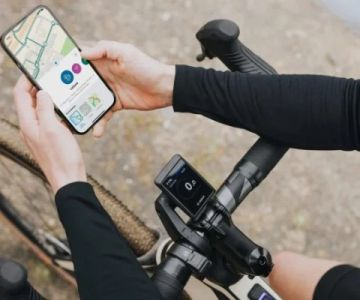
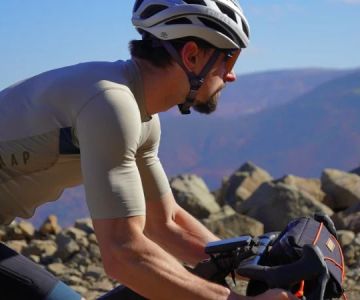


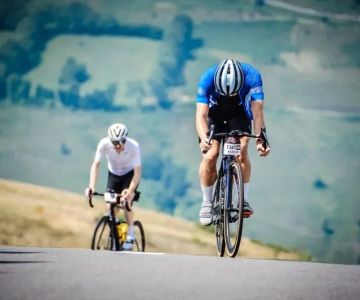
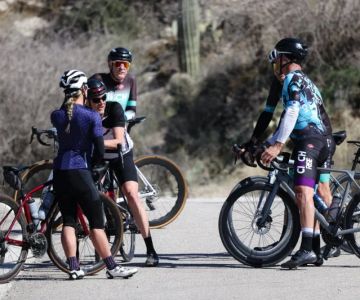
 Billet BMX5.0 (2 reviews)
Billet BMX5.0 (2 reviews)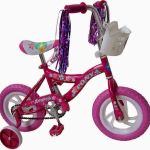 Far East Children Bicycle Factory1.0 (1 reviews)
Far East Children Bicycle Factory1.0 (1 reviews) Archer Motorsports, Inc.4.0 (8 reviews)
Archer Motorsports, Inc.4.0 (8 reviews) YEP Bike Works4.0 (55 reviews)
YEP Bike Works4.0 (55 reviews) Gorham Bike & Ski4.0 (498 reviews)
Gorham Bike & Ski4.0 (498 reviews) Alchemy Bikes4.0 (37 reviews)
Alchemy Bikes4.0 (37 reviews) How to Teach Kids to Ride a Bike: A Step-by-Step Guide for Parents
How to Teach Kids to Ride a Bike: A Step-by-Step Guide for Parents Tips for Riding on Busy City Streets: Smart Strategies for Urban Cyclists
Tips for Riding on Busy City Streets: Smart Strategies for Urban Cyclists Best US National Parks for Mountain Biking: Ride Epic Trails Across America
Best US National Parks for Mountain Biking: Ride Epic Trails Across America Best Aero Helmets for Time Trials and Racing
Best Aero Helmets for Time Trials and Racing How to Clean and Lubricate Your Bike Chain Like a Pro
How to Clean and Lubricate Your Bike Chain Like a Pro 10 Must-Have Items for Long-Distance Cycling Trips
10 Must-Have Items for Long-Distance Cycling Trips